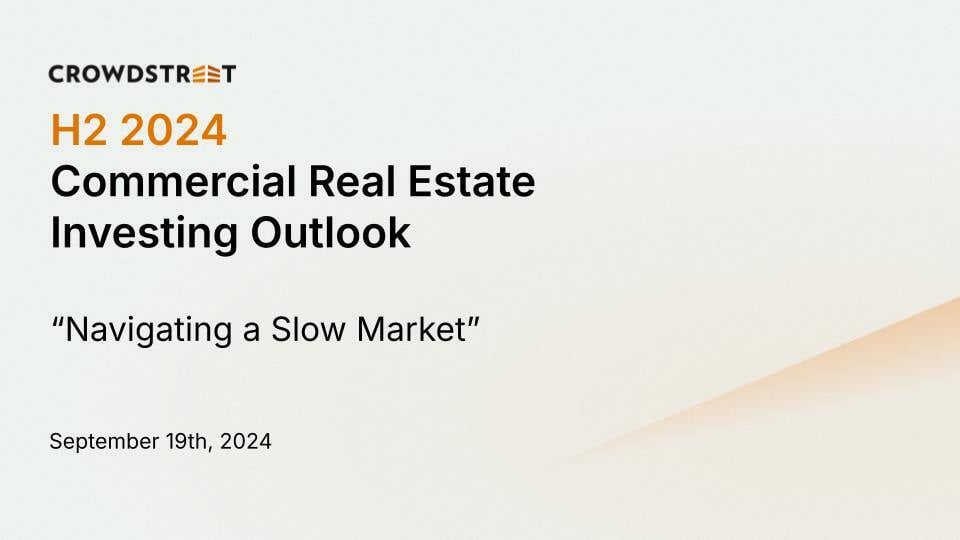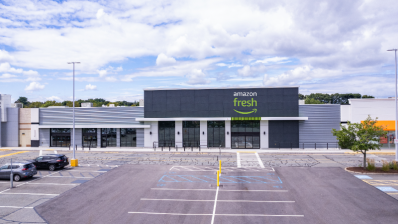
Revisit key insights from H2 Outlook webinar anytime with our on-demand replay. During the webinar, the team covered:
- The potential impact of the recent interest rate cut on the CRE market
- Our strategic approach for the remainder of 2024
- Opportunities for the Marketplace we see in different asset classes
Speakers include Crowd Street CIO, Ian Formigle; Sr. Managing Director Investments, Anna-Marie Allander Lieb; and Investment Analyst, Amna Nawaz.
For more in-depth information, check out our full market report:
